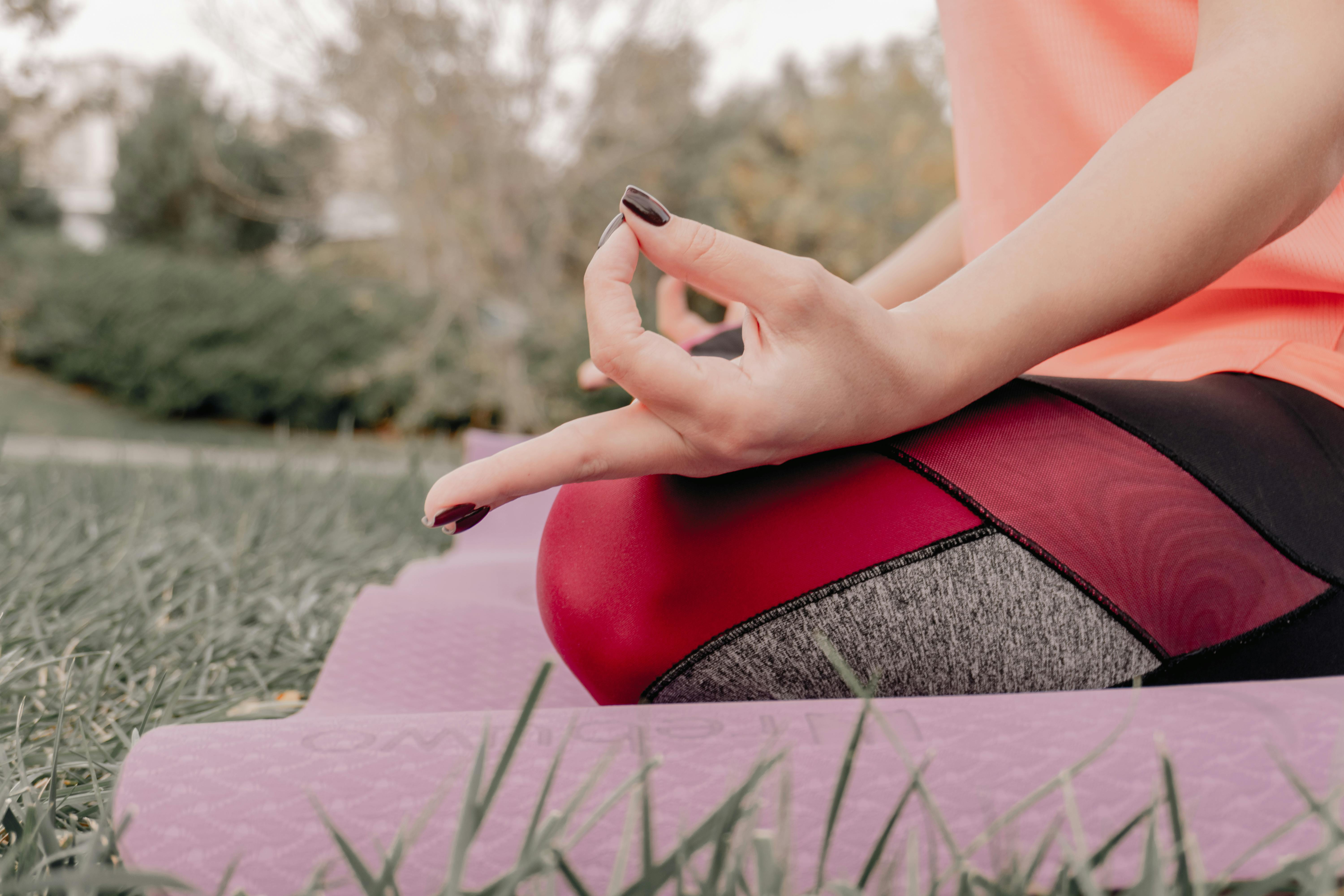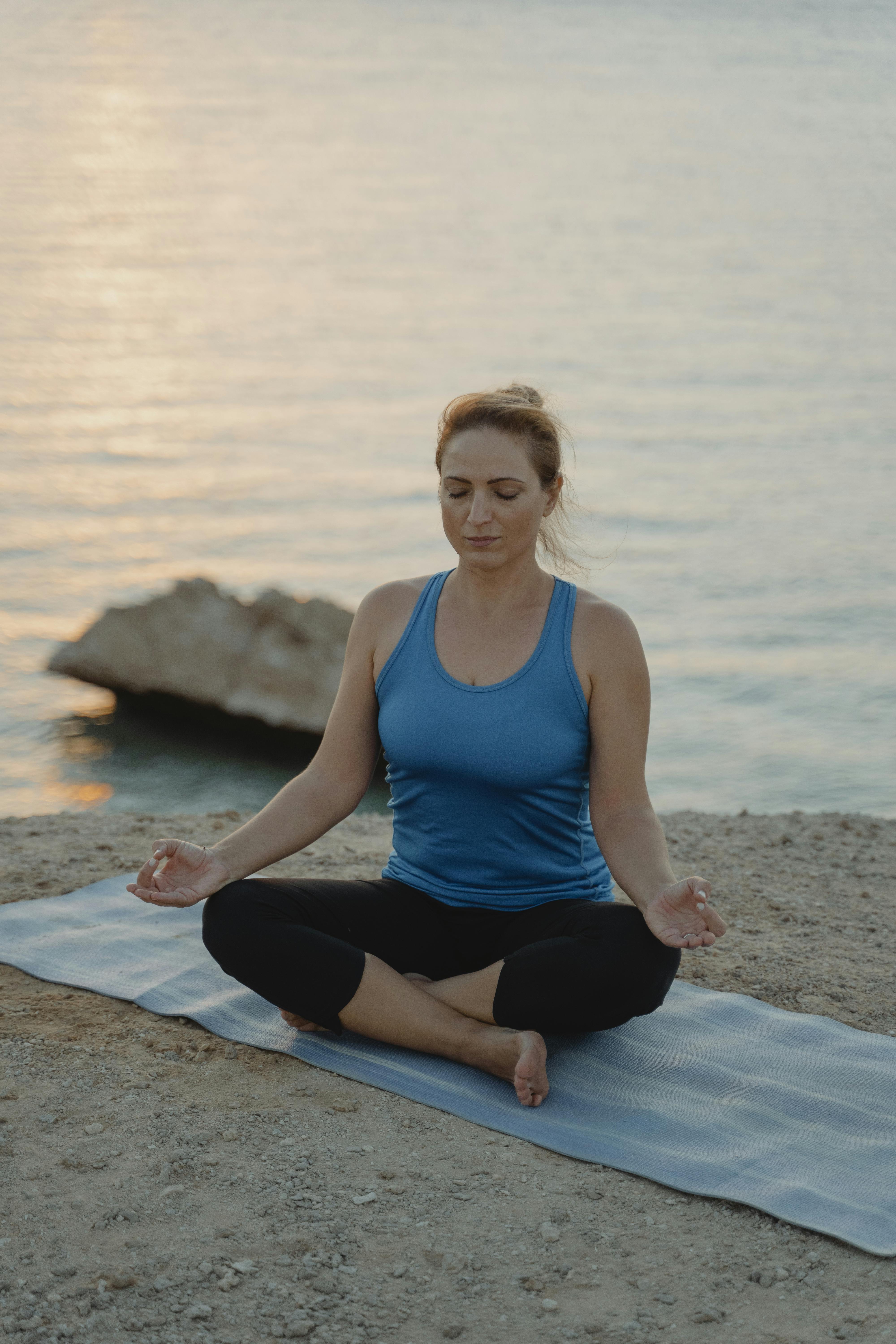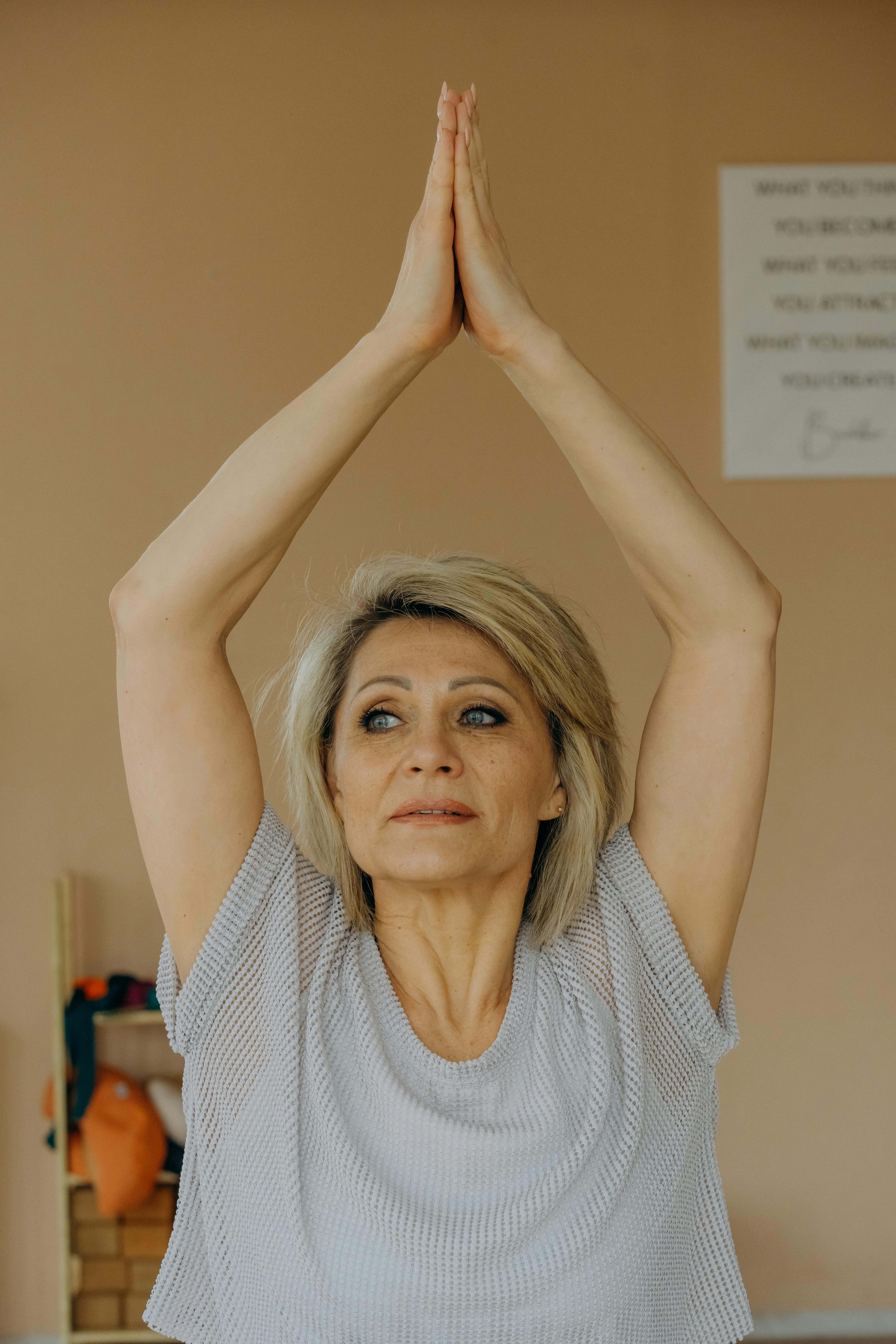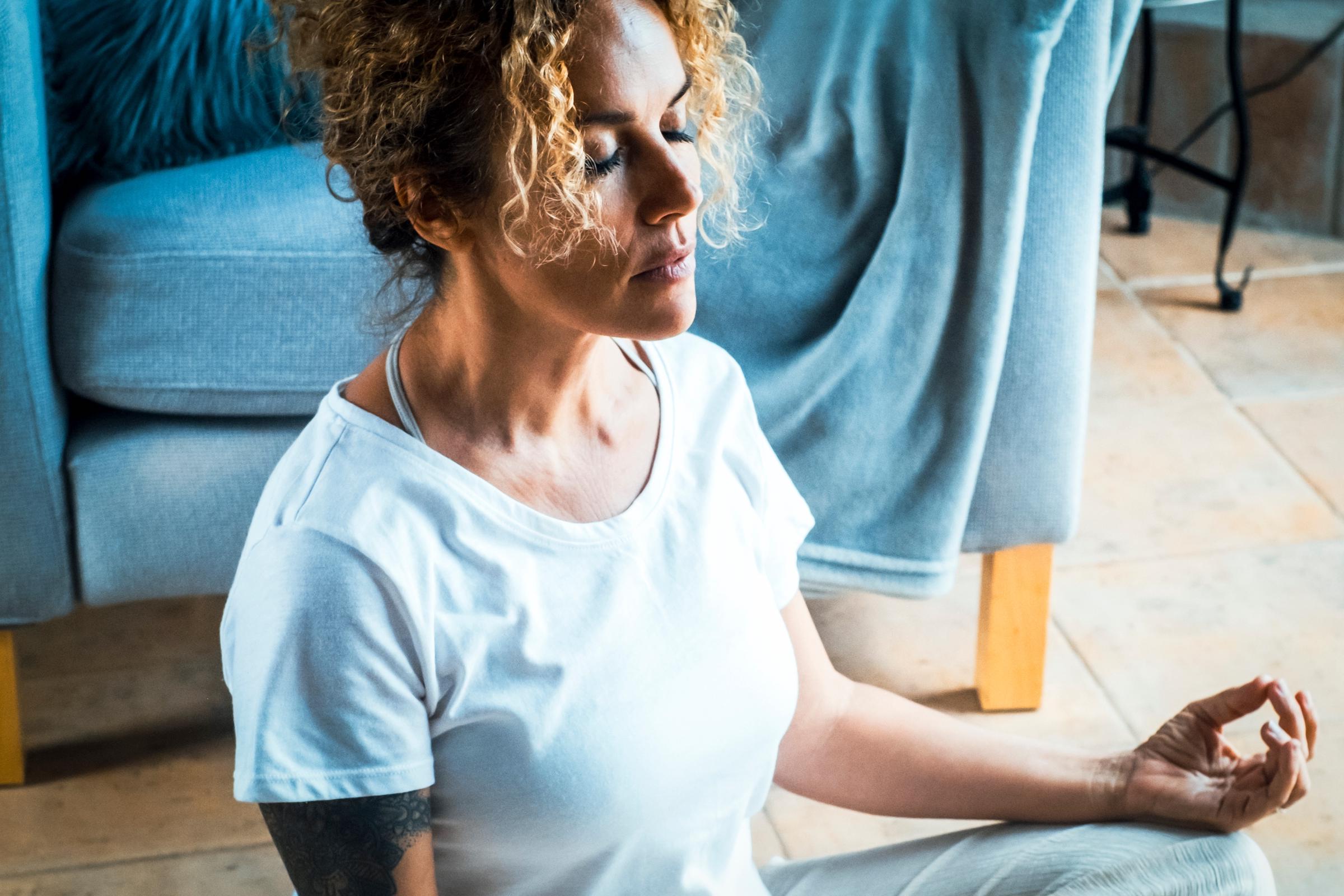
Intentional Breathwork — Simple Techniques to Reduce Stress and Restore Balance
Stress shows up everywhere — in your inbox, your shoulders, and sometimes even your sleep. But relief doesn't always come from outside sources. It starts with something simple and powerful you already have: your breath.
In today's fast-paced world, stress has become part of everyday life. From constant notifications to endless to-do lists, it’s easy to feel overwhelmed. But one of the simplest and most powerful tools for calming your mind and body is something you already do every day: breathe.

A person practicing yoga | Source: Pexels
Intentional breathwork isn't just another wellness trend. It's a science-backed way to reduce stress, lower anxiety, and restore balance. With just a few mindful breaths, you can shift your body from chaos to calm.
Why Breathwork Works
When you take slow, deliberate breaths, you're not just relaxing — you're changing what's happening inside your body. Controlled breathing directly affects the autonomic nervous system, which manages things you don’t usually think about, like your heart rate and digestion.

Woman meditating | Source: Pexels
This system has two main parts:
The sympathetic nervous system, which triggers your "fight or flight" response when you're stressed.
The parasympathetic nervous system, which helps you "rest and digest."
Intentional breathwork helps quiet the stress response and activate the body's natural relaxation mode. Studies have shown that even a few minutes of focused breathing can reduce anxiety and improve overall mental well-being. In other words, your breath is a built-in stress relief tool — you just need to learn how to use it.

Senior woman doing yoga | Source: Pexels
Simple Breathwork Techniques to Try
You don't need fancy equipment or a quiet retreat to get started. Here are a few easy techniques you can practice anywhere:
1. Cyclic Sighing
This method focuses on long, controlled exhales. Inhale through your nose until your lungs feel full. Take a second small sip of air, then exhale slowly through your mouth. Repeat for a few minutes. This technique has been shown to lift mood and ease negative emotions almost immediately.
2. Box Breathing
Used by athletes and even the military, box breathing helps calm nerves and sharpen focus. Inhale for 4 counts, hold for 4 counts, exhale for 4 counts, and pause for 4 counts before repeating.

Woman breathing with eyes closed | Source: Shutterstock
3. 4-7-8 Breathing
A favorite for relaxation and better sleep. Inhale through your nose for 4 counts, hold for 7, and exhale slowly through your mouth for 8. Each of these methods helps slow your breathing, lower your heart rate, and ease tension. The more you practice, the more naturally your body learns to relax under pressure.
How to Make Breathwork Part of Your Day
The best part about intentional breathwork is how easy it is to fit into your routine. You don’t need a full meditation session — even two to five minutes can make a difference.

Woman doing yoga | Source: Shutterstock
Try adding short breathing breaks throughout your day:
- Before checking your phone in the morning
- During stressful work moments
- Before bed to unwind
Start small and stay consistent. Over time, you'll notice you're calmer, more focused, and more resilient when stress hits.
Breathe Your Way to Balance
Intentional breathwork is a reminder that your body already holds the key to calm. With steady, mindful breathing, you can lower stress levels, boost your mood, and reconnect with yourself — one breath at a time. It doesn't take much to find peace in a busy world. Sometimes, all it takes is a deep breath.
The information in this article is not intended or implied to be a substitute for professional medical advice, diagnosis or treatment. All content, including text, and images contained on AmoMama.com, or available through AmoMama.com is for general information purposes only. AmoMama.com does not take responsibility for any action taken as a result of reading this article. Before undertaking any course of treatment please consult with your healthcare provider.
